The further I travel, the more I appreciate traditional values.
“The further I travel, the closer I feel to the values of Vietnam,” Nhung said, her hands still moving nimbly in the murky white water. It was this feeling that led her to leave other jobs and begin her journey to rediscover the traditional craft of making dó paper, from searching for dó trees deep in the forest and learning each step of the papermaking process, to continuing to spread the creative space so that this heritage can be revived in contemporary life.
Before becoming a professional, Ms. Tran Hong Nhung worked for over 10 years in non- governmental organizations focused on community development. As someone with a deep affection for Vietnamese culture and heritage, she felt compelled to do something that would both have social value and preserve national identity.
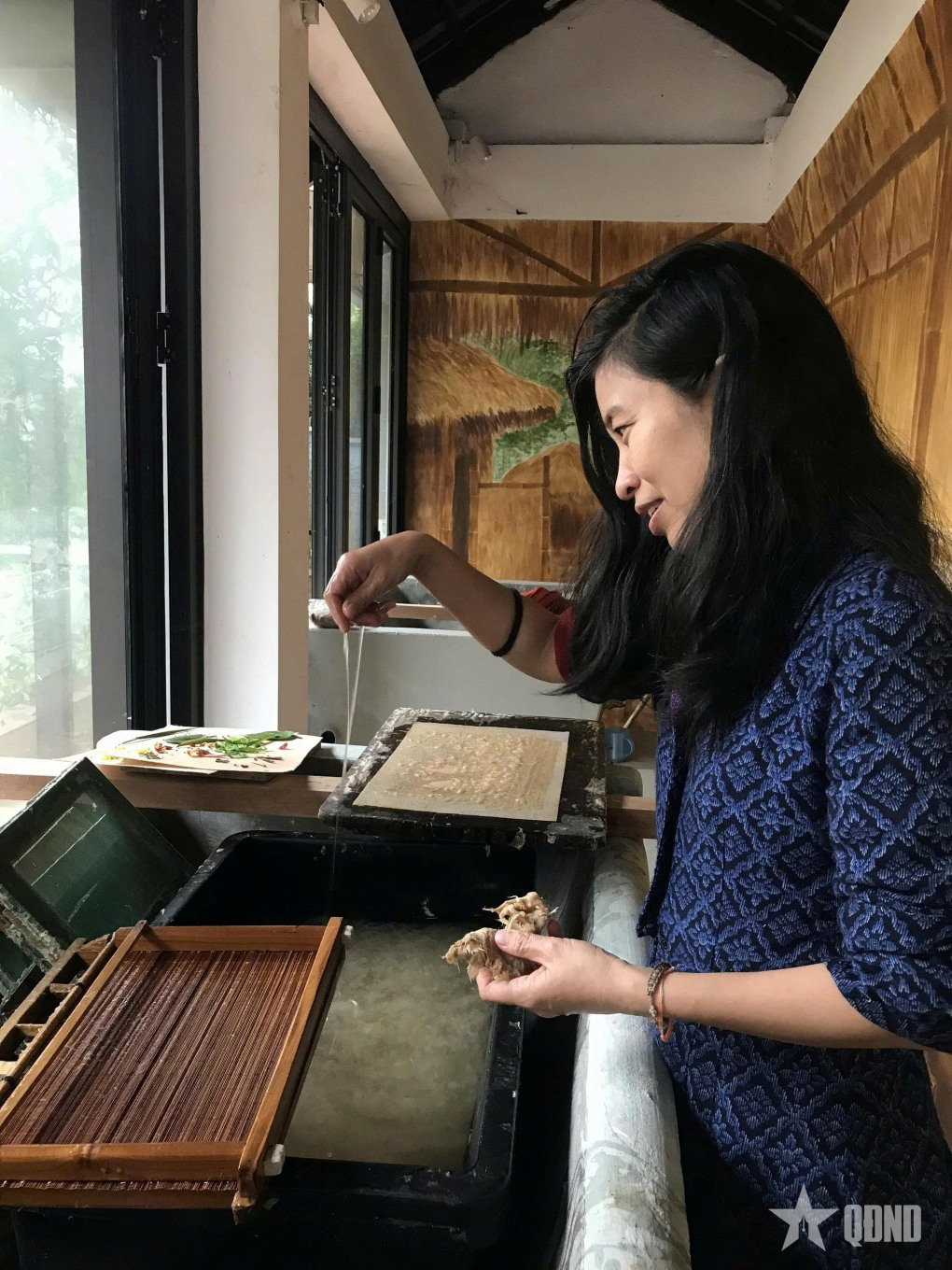 |
| Ms. Tran Hong Nhung - the founder of Zó Project. |
Her connection with dó paper began while she was studying in France. Far from home, she increasingly recognized the beauty and value of seemingly ordinary things back home. She said, "Sometimes, we don't appreciate these things even when we're in our own country. But when I went abroad, I realized how incredibly beautiful traditional Vietnamese things are, including dó paper."
Witnessing an artisan in the paper-making process, each manual movement, meticulousness, and patience left her astonished. “I’ve never seen a process so elaborate and meticulous.” From that initial impression, her feelings gradually turned into action, and her concerns became a project. In June 2013, the Zó Project was born, not only to preserve traditional paper-making techniques but also to create sustainable livelihoods for people in the highlands, where the dó trees still quietly thrive.
The journey to revive the heritage of Do paper.
Nhung's journey to revive dó paper began with personal concerns. Since 2009, she had been interested in dó paper while researching calligraphy. But it wasn't until she embarked on her own project that she truly committed herself and faced the biggest challenge: sourcing the raw materials from the dó tree. For five years, she visited paper-making villages in Bac Ninh and Hoa Binh (formerly) to learn about the scarcity of raw materials, the arduous manual production process, and the low product prices, which discouraged artisans from continuing the craft. At times, she felt hopeless, but eventually, she found a remote village where dó trees still existed.
Later, she embarked on building a livelihood model: connecting with villagers, guiding them in planting trees, and teaching them the craft. For her, it wasn't just a method, but a deep belief: "People can only preserve their craft if it sustains them." While she was striving to revive the craft, in Buoi village—the former cradle of Do paper—the craft had almost disappeared. Tay Ho ward had a project to restore the craft village, but lacked someone to "breathe life" into it. It was then that, upon learning about her, the local authorities proactively contacted her, coordinating and proposing that she take over the restoration area. Her response was a strong affirmation of her mission: "I've been waiting for this phone call for years."
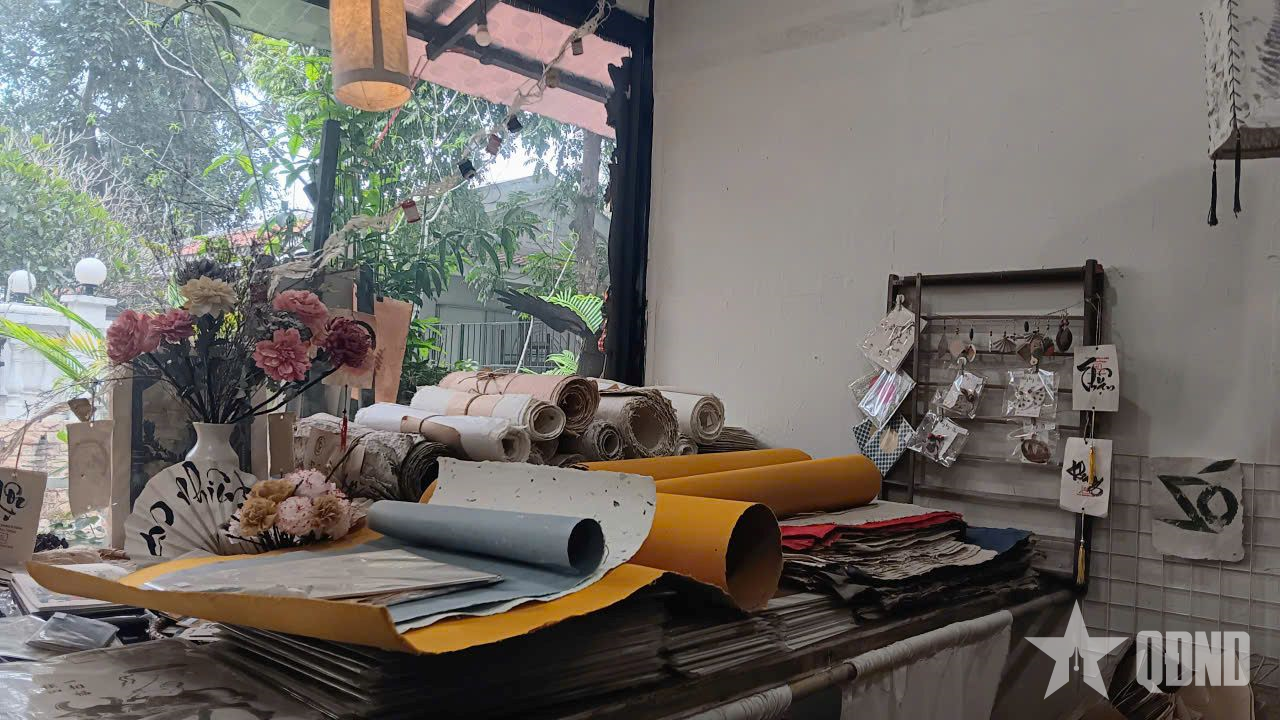 |
| The booth displays products from Zó Project at the reconstructed area in Bưởi ward. |
Currently, at the Do paper restoration area at 189 Trich Sai Street, Tay Ho Ward, Hanoi , visitors can find a vibrant space: a paper-making workshop simulating the Do paper-making process, a museum displaying historical documents, an experiential area, and creative workshops. Heritage is no longer just a memory; it comes alive in every daily activity, disseminated through contemporary applied products such as notebooks, invitation cards, jewelry, and calligraphy workshops.
Affirming national pride
Beyond preservation, Zó Project is expanding its scale and developing in a creative direction. Do paper is not only used for notebooks, handcrafted artwork, or calligraphy, but also as a material for design products, souvenirs, and contemporary art exhibitions. “We have already exported products to the US and Japan. And I am transforming this experiential area into an open space for young people and designers to create and organize exhibitions,” Ms. Nhung shared.
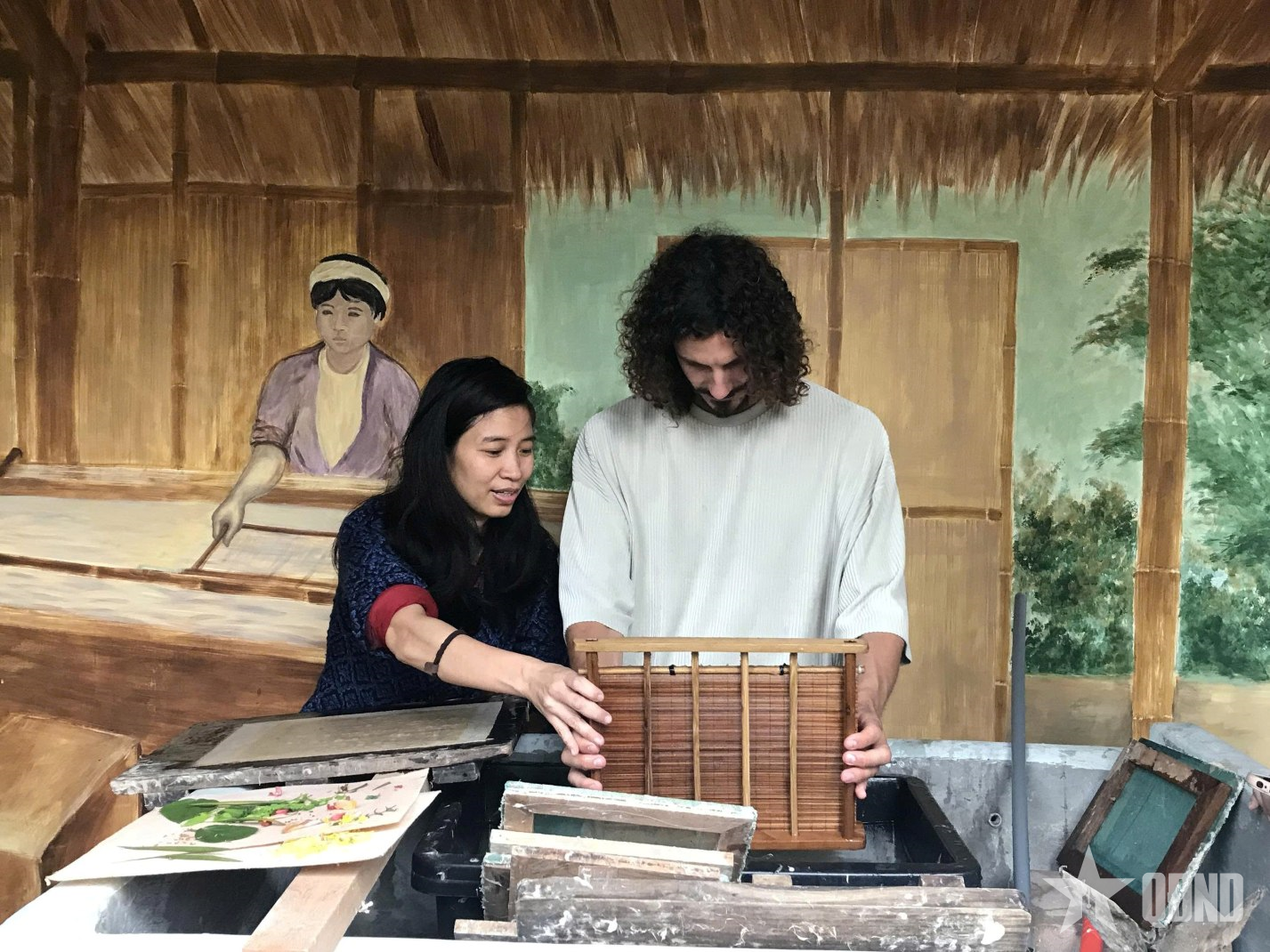 |
Ms. Nhung is instructing a young French person on the process of making dó paper. |
During my visit to the restoration site in Tay Ho ward, I (the author of this article) met a French tourist. He told me that he had accidentally seen photos of dó paper on social media and was captivated by its rustic and pristine beauty. He contacted Ms. Nhung to experience the dó paper-making process firsthand and create his own unique book. At Zó Project today, there are young people, including high school students, who are being mentored by Ms. Nhung. There are also newcomers to the profession who are encouraged and motivated by her in various ways, giving them the drive to stay in the field.
For Ms. Nhung, dó paper is a market with great potential if applied creatively and its value is enhanced. "In the past, dó paper was used for writing books and printing Dong Ho paintings. Now we have to think further, like design products, furniture, and artistic gifts...", she said.
Nhung hopes that dó paper will become an integral part of Vietnamese life, just as washi paper in Japan has permeated every corner of Vietnamese culture, from packaging and invitations to religious artifacts and gifts conveying messages of gratitude. For her, dó paper is not just paper. It is history, culture, spiritual life, and the pride of the Vietnamese people."
Source: https://www.qdnd.vn/van-hoa/doi-song/giu-hon-giay-do-tuong-chung-da-ngu-quen-959588



![[Photo] Prime Minister Pham Minh Chinh receives Lao Minister of Education and Sports Thongsalith Mangnormek](/_next/image?url=https%3A%2F%2Fvphoto.vietnam.vn%2Fthumb%2F1200x675%2Fvietnam%2Fresource%2FIMAGE%2F2025%2F12%2F16%2F1765876834721_dsc-7519-jpg.webp&w=3840&q=75)
![[Live] 2025 Community Action Awards Gala](/_next/image?url=https%3A%2F%2Fvphoto.vietnam.vn%2Fthumb%2F1200x675%2Fvietnam%2Fresource%2FIMAGE%2F2025%2F12%2F16%2F1765899631650_ndo_tr_z7334013144784-9f9fe10a6d63584c85aff40f2957c250-jpg.webp&w=3840&q=75)

![[Photo] Prime Minister Pham Minh Chinh receives the Governor of Tochigi Province (Japan)](/_next/image?url=https%3A%2F%2Fvphoto.vietnam.vn%2Fthumb%2F1200x675%2Fvietnam%2Fresource%2FIMAGE%2F2025%2F12%2F16%2F1765892133176_dsc-8082-6425-jpg.webp&w=3840&q=75)
![[Image] Leaked images ahead of the 2025 Community Action Awards gala.](/_next/image?url=https%3A%2F%2Fvphoto.vietnam.vn%2Fthumb%2F1200x675%2Fvietnam%2Fresource%2FIMAGE%2F2025%2F12%2F16%2F1765882828720_ndo_br_thiet-ke-chua-co-ten-45-png.webp&w=3840&q=75)
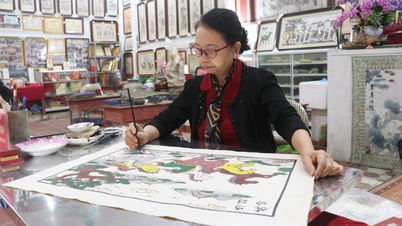

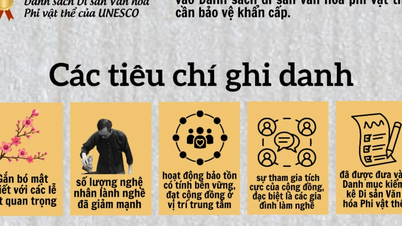


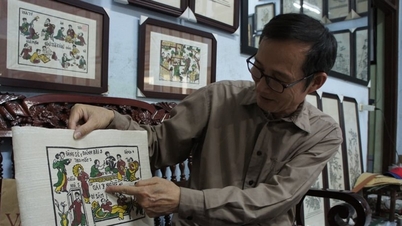

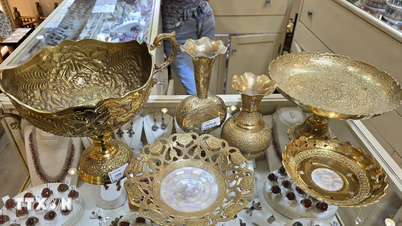
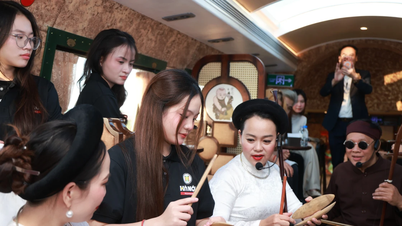


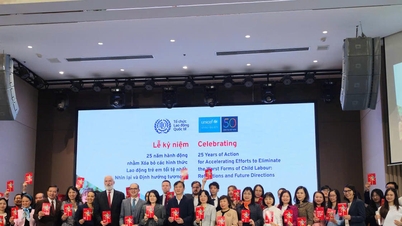






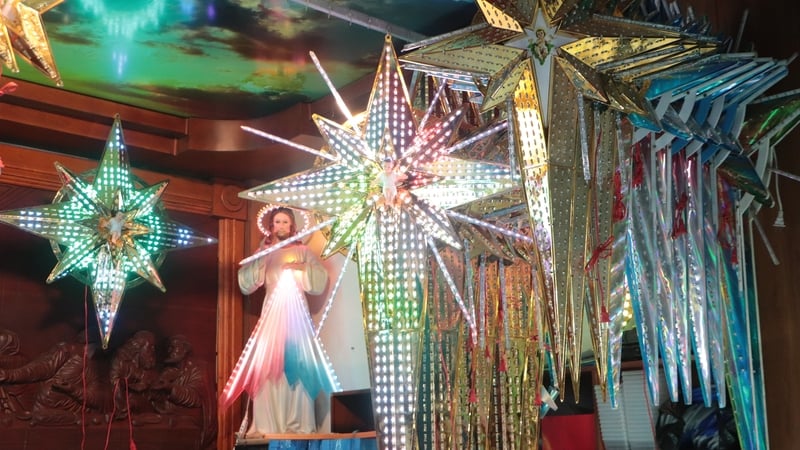













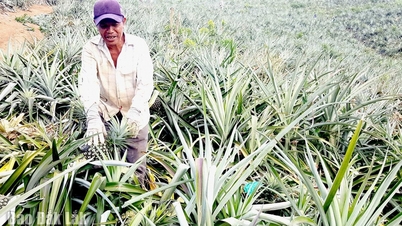





































































Comment (0)